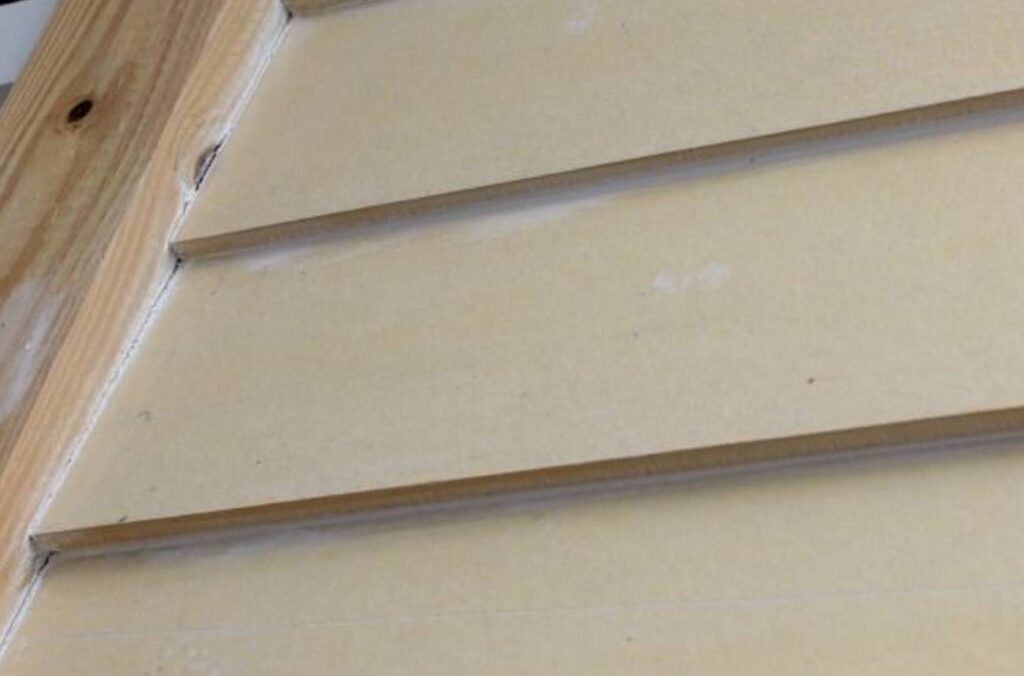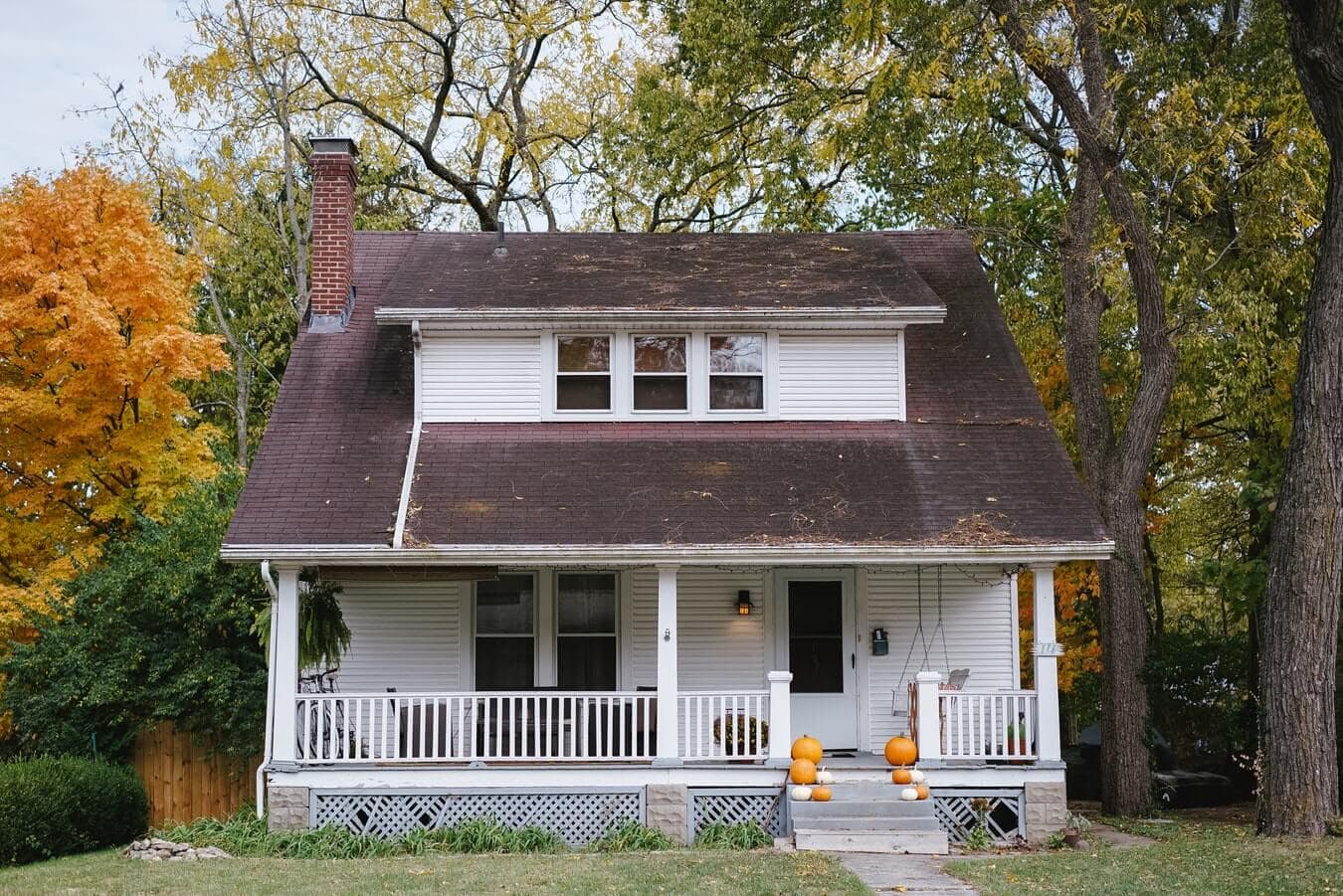Weatherboard homes are a classic, charming architectural choice with timeless appeal. However, like any beloved structure, they occasionally need extra care to keep them looking and performing their best.
If you notice signs of wear or want to refresh the exterior, it may be time to give your weatherboard home some well-deserved TLC. Here’s a comprehensive guide to maintaining, repairing, and updating your weatherboard home for aesthetic appeal and longevity.
Let’s get straight to the point.
Weatherboard homes, a staple of Australian architecture, often require maintenance as they age. Common issues include rotting, warping, and peeling paint.
Weatherboards, typically made from pine or fibre cement, offer aesthetic appeal but require regular upkeep. For recladding, homeowners can choose between wood, which provides a natural look but needs more maintenance, or fibre cement, which is durable and fire-resistant.
Weatherboard alternatives include brick, timber, aluminium, vinyl, and stone cladding, each with advantages. Proper care, such as cleaning, rust prevention, and replacing damaged boards, extends the life of weatherboard cladding.
Common Problems With Weatherboards
Weatherboards, typically made from wood, are vulnerable to various issues over time. Here are some common problems:
- Rotting: Both dry and moist rot can set in, causing the wood to deteriorate.
- Swelling and Warping: Exposure to moisture can cause the boards to swell or bend.
- Peeling Paint: Paint can start to peel due to age and exposure to the harsh Australian climate.
Even if your weatherboards have been prepped and treated, they can still suffer from these issues, leading to the need for repairs. Hitch Property Constructions can help restore your home if you require weatherboard repairs.
Signs Your Weatherboards Need Attention
Identifying wear and tear early can prevent bigger issues down the road. Here are a few key signs that your weatherboards might need some extra attention:
- Visible Damage: Cracks, warping, or gaps between boards can signal issues, especially if the weatherboards are older timber. If left unattended, these can lead to moisture penetration and structural issues.
- Fading or Peeling Paint: UV exposure and harsh weather can cause paint to fade or peel, leaving the boards exposed and vulnerable to the elements.
- Water Stains or Mould Growth: Discoloration, mould, or mildew growth are signs of moisture affecting the boards. These may indicate waterproofing issues that need urgent attention.
- Drafts or Temperature Fluctuations Indoors: A noticeable change in your home’s insulation efficiency might mean the weatherboards lose their ability to protect and insulate the structure.
Repair Or Replace? Making The Decision
Knowing when to repair and when to replace your weatherboards is key to cost-effective maintenance. Here are some pointers:
- When to Repair: Repairs often suffice for minor issues like cracks, small holes, or localised damage. Filling in cracks, fixing loose boards, or repainting can make a big difference without requiring extensive work.
- When to Replace: Severe rot, termite damage, or extensive warping may mean it’s time to replace some or all of your weatherboards. If the boards are outdated or no longer meet safety or efficiency standards, replacements can add long-term value to your home.
Modern Upgrades For Your Weatherboard Home
If your weatherboard home is due for a more extensive renovation, you might consider these updates to bring it up to modern standards while retaining its charm:
- Improve Insulation: Weatherboard homes can benefit from additional insulation layers, which can help reduce energy costs and maintain comfortable indoor temperatures.
- Consider Durable, Low-Maintenance Materials: While timber has a timeless appeal, modern materials like fibre cement, vinyl, or composite boards offer greater durability, lower maintenance, and better resistance to pests and weather.
- Refresh the Exterior Look: Updating the colour of your weatherboard home can modernise its look and boost curb appeal. Many weatherboards come pre-finished in various colours so that you can avoid the hassle of painting altogether.

Choosing The Best Weatherboards For Your Home
If you’re considering recladding or enhancing your home with weatherboards, you have two primary options: wood or fibre cement boards. Both materials offer unique advantages, so choosing the one that best suits your needs and preferences is essential.
Wood Weatherboards
Advantages:
- Natural appearance
- Easier to repair than other materials
- Good insulation properties
Disadvantages:
- Requires regular maintenance to prevent rot and insect damage
- Prone to warping and swelling in humid conditions
Fiber Cement Weatherboards
Advantages:
- Durable and resistant to weathering
- Low maintenance
- Fire-resistant
Disadvantages:
- Heavier and more challenging to install
- Less natural appearance compared to wood
Both wood and fibre cement weatherboards have their advantages, making them suitable for different applications based on individual homeowner needs.
Other Types Of Exterior Cladding For Homes
While weatherboards are popular, several other cladding materials offer aesthetics, durability, and maintenance benefits.
1. Brick Cladding
- Advantages:
- Fireproof and weatherproof
- Long-lasting and durable
- Low maintenance
- Excellent sound insulation
Some companies offer brick cladding systems that use custom-sized bricks and steel reinforcement, ideal for earthquake-prone areas.
2. Timber Cladding
- Advantages:
- Natural appearance
- Bushfire resistant (up to BAL 29)
- Durable and termite-resistant
Boral’s timber cladding requires regular maintenance and recoating with protective finishes for longevity.
3. Lightweight Brick Finish Cladding
- Example: PGH Bricks’ Corium system
- Advantages:
- Perfect for high-rise buildings or renovations
- Uses brick tiles that clip onto a steel substrate for faster installation
- Customisable in terms of colour and texture
4. Modern Fibre Cement Cladding Solutions
- Example: Scyon Fibre Cement Siding by Hardie
- Advantages:
- Fire-resistant (BAL 40 with HardieSmart wall systems)
- Pre-primed for easy painting
- Compatible with timber or steel frames
- Long-lasting with minimal upkeep required
Scyon cladding offers a modern yet durable alternative to traditional weatherboards.
5. Aluminium Cladding
- Example: Alumate Aluminium Cladding
- Key Features:
- Fire-rated to the highest standards
- Weather-resistant and low-maintenance
- Available in various wood-like finishes (e.g., White Oak and Mahogany)
- It can be installed vertically or horizontally
6. Eco-Friendly Cladding: Weathertex Timber
- Advantages:
- Environmentally friendly (better than zero carbon impact)
- Termite-resistant
- DIY-friendly installation
- Available in natural and primed versions
Weathertex cladding is a sustainable option with long-term durability.
7. Vinyl Cladding: Duratuff Select
- Advantages:
- 50-year lifespan guarantee
- Resistant to peeling, rotting, and cracking
- CFC-free solid foam insulation improves energy efficiency
- It can be installed over various surfaces, including brick and steel
Vinyl cladding offers the look of wood without the associated maintenance.
8. Stone Cladding For A Premium Finish
- Advantages:
- Excellent insulation
- Fire-resistant and durable
- Low maintenance
Natural stone cladding, such as Bellstone’s, significantly increases a home’s value and visual appeal.
9. COLORBOND Steel Cladding
- Key Features:
- Available in 22 colours and five matte finishes
- Lightweight, durable, and weatherproof
- Fire-resistant and low-maintenance
- 100% recyclable
COLORBOND cladding is a versatile and sustainable option that works well in traditional and contemporary designs.

Essential Steps For Weatherboard Maintenance
Regular upkeep can extend the life of your weatherboards significantly. Here’s a basic maintenance plan to keep them looking sharp:
- Cleaning: Regularly washing the weatherboards, ideally twice a year, can remove dirt, mould, and mildew. A mild detergent and soft brush or low-pressure washer can do the trick without damaging the boards.
- Sanding and Repainting: If you see peeling paint or rough areas, consider sanding down the boards and repainting. This protects the wood and adds to your home’s curb appeal.
- Sealing and Waterproofing: Checking that all joints and edges are properly sealed can prevent moisture penetration, a common cause of rot in timber weatherboards.
- Pest Treatment: Timber boards are susceptible to pests like termites, so regular pest inspections and treatments are essential for maintaining the integrity of the wood.
Conclusion
Weatherboard homes are a beloved feature of Australian architecture but require care and maintenance to retain their beauty and functionality. Whether considering traditional wood weatherboards or modern fibre cement options, plenty of durable, attractive cladding materials suit any home style. With proper care, your weatherboard home will stand the test of time and continue to be a source of pride.
FAQs About Weatherboard
What Is The Purpose Of A Weatherboard?
In addition to being an aesthetically pleasing addition to your home, weatherboard cladding protects the exterior walls of your property against potential damage caused by rain, snow, wind or hail. It also has insulative properties, helping keep the warmth and heating bills down.
Is Cladding The Same As Weatherboard?
Cladding is the process of layering one material over another to provide thermal insulation, protection against weather, and often aesthetic appeal. Weatherboards are externally used cladding made from various materials, such as timber, vinyl, and fibre cement.
How Is Weatherboard Installed?
The weatherboard should be secured by driving the nail as close as possible to the lowermost edge of the siding without penetrating the top (or head) of the siding board beneath. e.g., in observing the minimum recommended lap of 21mm, nail entry should be around 25mm up from the butt (or lowermost edge).
Are Weatherboard Houses Cold?
Weatherboard houses are lightweight constructions with timber-framed walls, external weatherboard cladding, and timber-framed floors on stumps, timber windows, and roof tiles. The timber walls easily transfer heat and cold, cooling quickly in winter and heating up quickly in summer.
What Is Weatherboard Made Of?
Weatherboards are made from timber or reconstituted hardwood that can be painted or stained to your choice, or they can be made from vinyl. Timber weatherboards or weatherboards that contain timber use timber from sustainable sources.

